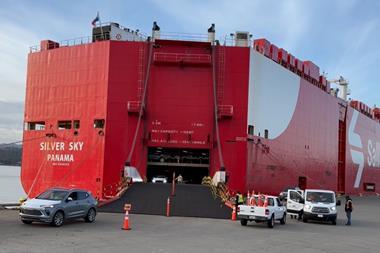
Chinese carmaker Great Wall Motor has opened its first production plant in Europe at a location in Lovech, Bulgaria, 150km northeast of the capital Sofia. The €100m ($134m) facility, which is a joint venture with Litex Motors in which Great Wall Motor has a minority stake, will have an initial annual output of 4,000 vehicles for the local market, but the company has said it is targeting a production capacity of 50,000 vehicles as it reaches out into the wider European market.
The plant will being by assembling the Hover SUV, Steed pick up and Voleex city car from semi-knockdown (SKD) kits imported from its facility in Baoding China.
“Setting up production in Bulgaria is clearly a long-term strategic move for China’s Great Wall Motors, which will open a door for locally-manufactured cars to be exported to the rest of Europe tax-free,” said Frost & Sullivan’s Automotive & Transportation consultant, Vitaly Belskiy.
However, the move comes at a time when other car manufacturers are stopping vehicle production in Europe because of tough market conditions and, though there are short-term gains to be had in terms of tax revenue and the creation of jobs in Bulgaria, said Belskiy, the long-term benefits are less clear.
Initial assembly from SKD kits suggests that a low level of value will be created in Bulgaria. The possible extension of this towards complete knockdown (CKD) production could lead to localisation of certain component production, securing higher value production in Bulgaria, but there are challenges here because Bulgaria does not have an extensive automotive supplier base.
The growth of the supplier base should be triggered by an increase in vehicle production but Great Wall Motor’s target of 50,000 vehicles falls below the annual output threshold of 100,000, generally regarded as triggering the development of suppliers making such parts as gaskets, bearings and simple plastic components.
“Higher value-added suppliers business [making such things as seats and exhaust systems] becomes profitable when vehicle production hits the 200,000 mark,” added Belskiy, “while high-value added suppliers – powertrain components [and] chassis components – require production of 500,000 vehicles.
One option for the company could be to focus on alternative mobility solutions, such as electric vehicles which can be produced in small volumes. The supporting manufacturing of components including batteries, motors and control electronics manufacturing could help Bulgaria put itself on the European automotive manufacturing map.



































